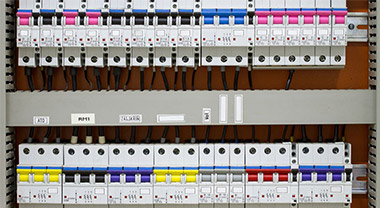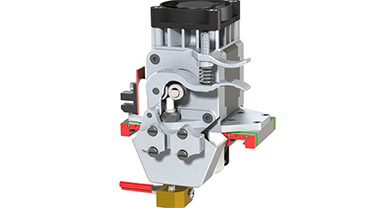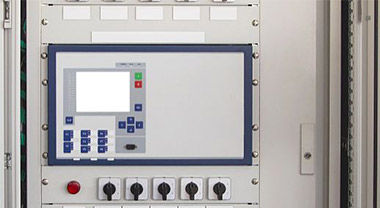


1. How to replace a circuit breaker?
The breaker will need to be replaced if it can't be reset, is hot to the touch, or looks or smells burnt, or it trips very easily, doesn't trip when it should.
Tools and Supplies You Will Need:
.New circuit breaker
. Screwdrivers
. Safety glasses
Please as follow:
- Shut off the branch circuit breakers one at a time.
-Shut off the main circuit breaker.
-Test all the wires with a voltage tester to make sure they're dead before proceeding.
-Remove the panel cover.
-Disconnect the wire of the breaker you're removing from the load terminal.
-Carefully pry out the old breaker, paying careful attention to how it's positioned.
-Insert the new breaker and push it into position.
-Attach the circuit's wire to the load terminal. Strip a bit of insulation off the wires, if necessary.
-Inspect the panel for any other problems. Tighten any loose terminals.
-Replace the panel cover.
-Turn on the main breaker.
-Turn on the branch breakers one by one.
-Test the breakers with a voltage tester to make sure everything is in order.
If you still have a problem after replacing the circuit, test all the electrical appliances in your home to see if one of them is causing the issue. If all else fails, call a professional electrician.
2. Is it easy to replace a circuit breaker?
Circuit breakers are relatively cheap and are very easy to replace—provided you have a bit of understanding about electrical issues. This is not a project everyone is comfortable performing since it involves working at the main service panel with the safety cover removed. Although the process is not difficult, but it's considerably easier than many routine wiring projects—the main power bus bars will be exposed as you replace a circuit breaker and there is a danger of serious shock if you're not careful.
3. How to reset circuit breaker?
When circuit breaker tripped, base on the two most common causes are a shorted device or too many things running at once, overloading the circuit.
Turn off all the lights and unplug everything in the affected room or rooms.
Take a flashlight and open the circuit breaker panel so you can see the circuit breakers. Each breaker has three positions: on, off, and a center position.
Look for the circuit breaker with the switch in the center position.
Flip the switch to off, and then flip it to on.
Wait a moment to see if the switch stays in the on position. If it does, the circuit breaker is reset and power is restored to the room. If the switch doesn't stay in the on position, it indicates a serious wiring problem.
4. How to tell if a circuit breaker is bad?
If you have a circuit that keeps tripping whenever you using, it may be time to check if your breakers need to be replaced. Though they have a life expectancy of 10 to 15 years, breakers will eventually die and trip your circuits. By opening your panel and using a digital multimeter to check the voltage levels, you can easily see if your breakers are the problem.
5. How to change circuit breaker?
A circuit breaker is designed to stop the power flow through a circuit if there is an excessive amperage drawn on said circuit. Occasionally, these breakers go bad and will need to be changed. It is highly recommended that you hire a licensed, competent, and insured electrician to perform this task, as electricity can be deadly. However, if you choose to replace a circuit breaker yourself, you’ll need to know how to find the breaker box, take note of any issues, and replace a faulty breaker to get your power working again.
6. How to reset circuit breaker with test button?
All breakers are the same in that you have to turn them off before you turn them on again. To do this, flip the tripped breaker's toggle toward the outside of the panel, to the OFF position. Then, flip it back toward the center of the panel, to the ON position. If the breaker trips again right away, do not try to reset it again. There's clearly a problem with the circuit. Turn the breaker to the OFF position and investigate the problem and possibly call an electrician. If the breaker stays on and all appears to be normal, it's still a good idea to determine what tripped the breaker in the first place. Always close the panel door before leaving the area.
7. why does my circuit breaker keep tripping
In most cases, the breaker or fuse is just doing its job when it pops. Circuit breakers are designed to trip and fuses are designed to blow and turn off the power when any of four dangerous situations occur.
-Overloaded Circuit
- Short Circuit
- Ground Fault
- Arc Fault







